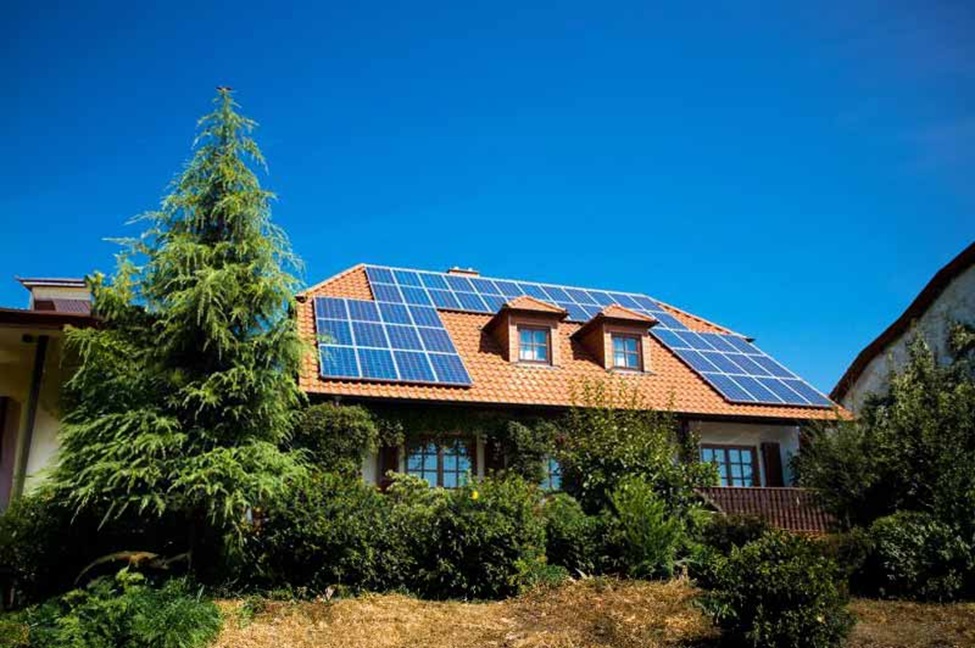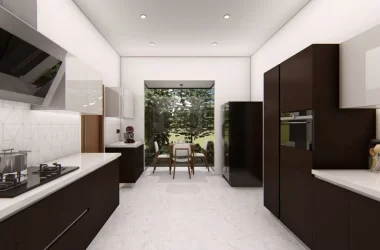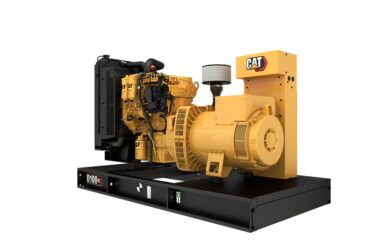Making your home more energy efficient is not just about saving money; it’s about creating a comfortable space and protecting the environment. Here are six practical ways you can achieve this.
1. Upgrade Your Insulation
Good insulation keeps your home warm in winter and cool in summer. Check your walls, attic, and basement. If your insulation is old or thin, consider upgrading it. This helps keep the heat inside during cold months and keeps the cool air in during hot days. As a result, your heating and cooling systems won’t work as hard, saving you money on energy bills.
2. Choose Energy-Efficient Appliances
When it’s time to replace your appliances, look for those with the ENERGY STAR label. These appliances use less energy and water than standard models. Whether it’s your refrigerator, washing machine, or dishwasher, energy-efficient options can save you a lot on your utility bills over time. Plus, they often have modern features that make them easier to use.
3. Install LED Lighting
Switching to LED light bulbs is one of the simplest changes you can make. LED bulbs last longer and use up to 80% less energy than traditional incandescent bulbs. They come in various styles and brightness levels, so you can find the perfect fit for every room. Not only will you save money on your energy bills, but you’ll also enjoy better lighting quality.
4. Use a Programmable Thermostat
A programmable thermostat allows you to control your home’s temperature efficiently. You can set it to lower the heat or cooling when you’re not home or at night when you’re sleeping. Some smart thermostats can even learn your schedule and adjust automatically. This way, you save energy without sacrificing comfort.
5. EV Charger Installation
If you own an electric vehicle (EV), consider ev charger installation at home. This allows you to charge your car overnight, taking advantage of lower electricity rates during off-peak hours.
Having a charger at home is not only convenient, but it also encourages you to use your EV more often, reducing your carbon footprint. Plus, some states offer incentives for installing EV chargers, which can help offset the initial cost.
6. Generator Installation
Power outages can be a real hassle and a backup generator installation ensures you have power when you need it most. Modern generators are more efficient and can power your essential appliances without using too much fuel.
This means you stay comfortable during blackouts without worrying about your energy consumption. Plus, many generators can be automatically turned on when the power goes out, giving you peace of mind.
Conclusion
Making your home more energy efficient doesn’t have to be overwhelming. Start with one or two of these ideas, and you’ll soon notice the difference in your energy bills and comfort levels. Every small change counts, and together, they can make a big impact on your home and the planet.
Whether it’s upgrading insulation or installing a generator, you’re taking steps towards a more sustainable and efficient home.







